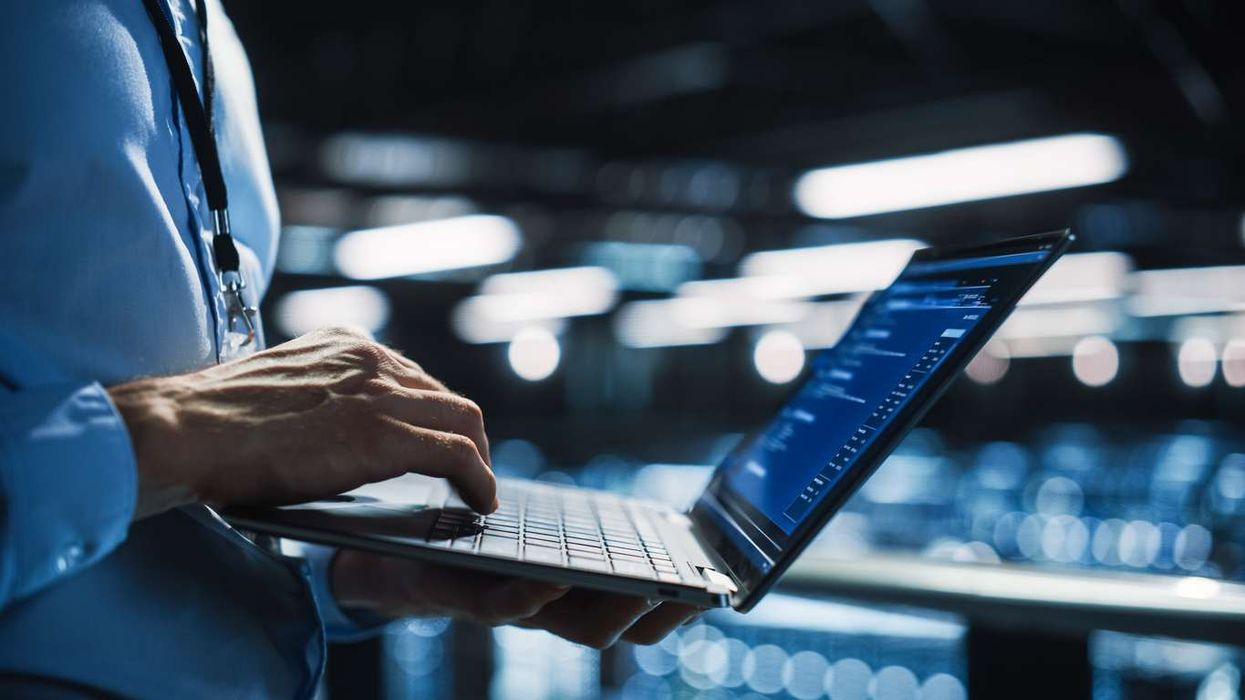“WE are all different, which is great because we are all unique. Without diversity, life would be very boring,” author Catherine Pulsifer once said, and it couldn’t be more right for Jammu and Kashmir.
Jammu and Kashmir have their own distinct culture that are very different from each other.
Kashmir has a rich music tradition, with dances and orchestras of instruments such as the saz, santoor, rabab, sitar, table and garaha. These same instruments are used in Jammu in the Hindu folk dances and ballads.
But one thing that’s common to people of both these regions is the tolerance they have for one another. Jammu and Kashmir is an amalgamation of different cultures.
Besides being famous for its scenic beauty, Jammu and Kashmir is also known for its food, exquisite artforms and crafts that are specific to the state. All this make the culture of the region quite different from rest of the Indian subcontinent.
With a population of more than 12.5 million people, Jammu and Kashmir has people belonging to multiple ethnic groups such as the Dogras, Gujjars and Hanjis, besides Kashmiris.
The term Kashmiri is used to refer to all people of Kashmir living within the valley, Neelam Valley, Leepa Valley, Kishtwar, Bhadarwah, and Doda and Ramban tehsils of Jammu division.
Most of the Kashmiris are either involved in agriculture or businesses such as carpet-making, papier mache, wood carving, embroidery, tourism, hotel management and other handicrafts.
The Hanjis are the water dwellers and are confined to Jhelum River, Dal, Anchar, and Wular lakes situated especially between Chattabal, Srinagar and Khanabal, Anantnag. They are widely engaged in the houseboat industry.
The Dogra belongs to the Jammu division of the state and traditionally inhabited the areas between Shivalik mountain range, Saroiensar and Mannsar lakes. They later shifted to the entire Jammu region.
The Gujjars and Bakarwals are nomads, and they form a significant part of the population of the state. Their livelihood depends upon cattle-keeping.
Languages spoken in the valley further highlight the diversities prevalent in the different provinces of the state.
Kashmiri, which is an Indo-Aryan language, is also known as Koshur. People living in Kashmir Valley speak Kashmiri. People living in Ladakh speak Ladakhi, whereas people in Jammu mostly speak the Dogri language.
The arts and crafts of Jammu and Kashmir are a source of pride for its residents. Handwoven silk carpets and rugs, fine-quality Pashimina shawls and khatam-band, a kind of woodwork that is used to decorate ceilings of rooms, are unique to the region.
Every culture makes music and those created in the Jammu and Kashmir region have a charm of their own. There are three distinct forms, such as Sufi, ghazals and choral music that are popular in Jammu and Kashmir. Wanawun is another popular form of music that is sung and played during wedding ceremonies in Kashmir. Chakri and Punjabi mahiya, too, echo in the mountains.
As for dance, each ethnic group has their own dance forms. Elaborating on Gojri naach, a dance form favoured by the Gujjars, Mujahid-ul- Islam writes in Lokchaar: “Gojri naach is very illustrious to the Gujjar culture. It is generally performed during marriage ceremonies. It is a natural form of dance and delightful too. Male dancers dance in their customary costumes forming a line with sticks in their hands. Women dance on the other side adjusting the pattern on the rhythm of drum. Gojri naach is always performed together with a folk song.”
The Dumhal is a famous dance in the Kashmir Valley, performed by men of the Watal caste. The women perform the Roaff, another traditional folk dance.
Marriage ceremonies are marked by the Hafiza dance, while young Kashmiri boys celebrate the harvest season with the Bacha Nagma dance.
Among the musical instruments, rabab is one of the oldest and most integral part of Kashmiri music. It originated from central Afghanistan and was adapted into Kashmiri music centuries ago. It is believed that Kashmiri folk music is incomplete without the rabab.
“Rabab is that music or the tune which collects all tunes from instruments and creates its own music. That is why rabab should be played at every party,” Sonaullah Reshi, Kashmiri folk singer, once said.
Literature is yet another important aspect that provides an insight into history of different cultures. In this regard, authors Kalhana is well remembered for his historical works that threw a flood of light not only on the history of Kashmir but also on the history of India. Kavi Bilhana is yet another important literary figure from Kashmir.
The clothing worn by the men and women of Jammu and Kashmir are also very different from the rest of the Indian subcontinent.
Traditional clothing for Kashmiri men is usually pants called churidar or looser pants called salwar. Over this, a loose woollen tunic called a pheran is worn. It is loose so that in winter people can put under it a thick padded bag of hot coals to keep warm.
Headdress is often a turban, karakuli cap or skull cap. Pashmina belts are also common. Coats are fleece or wool. Kashmiri women wear heavily embroidered pheran tunics. Some Muslim women wear longer tunics with narrow sleeves.
Hindu women wear a headdress called taranga, which is a wide scarf attached to a cap. There are other headdresses also, depending on whether or not the woman is married, and more decorated headdresses for festivals or weddings. Variations of these garments are worn by some of the smaller ethnic groups of the region.











